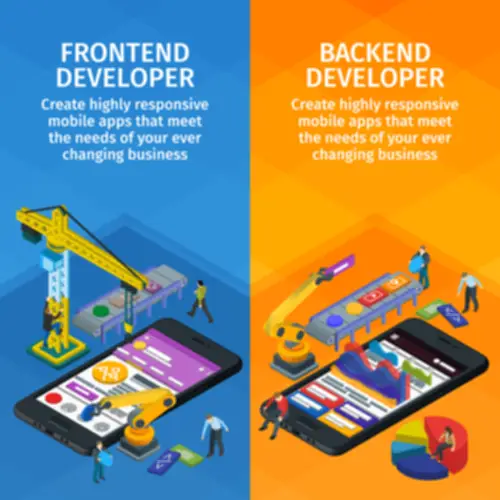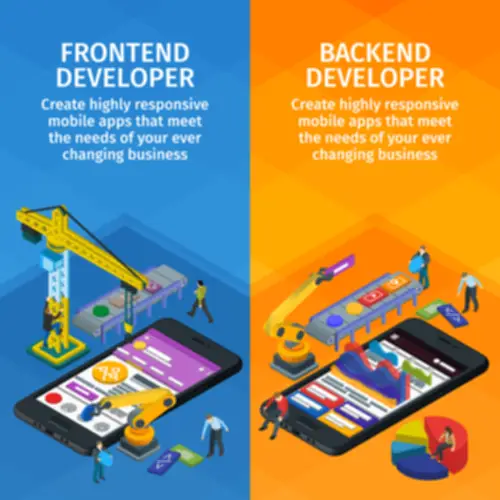Regular financial audits can help ensure the accuracy of your financials, determine your fiscal health and compliance, and identify any potential issues. Having an independent audit team review your records related to the grant can help protect your organization from any unforeseen problems. These audits can also help identify opportunities, such as potential areas of cost savings. It is important to keep in mind that grant funds must be used for their intended purpose and in accordance with all applicable laws and regulations. Grants should not be used in any way that could be perceived as fraudulent or unethical. As the grant recipient, you are responsible for understanding and following all applicable laws and regulations.
Blackbaud Financial Edge NXT
Fund accounting is a system used by government and nonprofit entities to manage and report financial resources. Unlike traditional business accounting, which focuses on profitability, fund accounting emphasizes accountability and stewardship. Resources are segregated into various funds, each with its own set of accounts, to ensure compliance with donor restrictions or legislative mandates. For example, a city government might have separate funds for general operations, capital projects, and special revenue, each with distinct financial statements. Conditional grants are a distinctive category of funding that nonprofit organizations may encounter in their quest to secure financial resources. These grants come with specific conditions, restrictions, and expectations, setting them apart from other forms of financial support.
Managing Donations in Your Nonprofit Accounting System
To ensure compliance, nonprofit organizations should maintain separate accounts for restricted and unrestricted funds. This segregation helps prevent the misallocation of restricted funds and ensures that spending aligns with grant terms. Supporting the Grant Management ProcessThe grant management team should meet periodically to review the progress of all https://holycitysinner.com/top-benefits-of-accounting-services-for-nonprofit-organizati/ grants and maintain accountability.
Who should be involved in grant management?
Fund accounting helps non-profits identify which funds are accessible and which are less liquid, allowing them to plan accordingly. It allows non-profits to easily provide the detailed financial information required for compliance reports. Churches and other religious organisations also use fund accounting to track donations allocated to different purposes. If you work in the nonprofit sector, you’ll know that every dollar matters — and keeping proper track of that money matters even more. The dress code tends to align with business casual, reflecting the professional nature of the role. Deciding which form to file depends on the organization’s classification and whether or not the nonprofit reaches certain spending thresholds.
- These restrictions may permanently limit the use of the asset received, stipulate the assets be used at a particular point in time, or be specific for a particular purpose or program.
- By keeping good communication with the grantor, any issues that may arise can be addressed proactively.
- Aplos offers robust reporting so you can clearly show how money from a grant fits into the revenue your organization receives.
- Managing multiple grants simultaneously can be overwhelming, especially for nonprofit organizations with limited administrative resources.
- Good fund management keeps donors happy, auditors satisfied, and your programs running smoothly.
- Stay tuned as we continue our exploration of grant types and their impact on nonprofit financial management.
Assets and Ownership
Understanding the essentials and following the best practices outlined in this guide will help your organization safeguard your funding (and make it easier to secure new grants in the future). Nonprofit accounting best practices include keeping detailed documentation of every transaction. This helps nonprofit accountants maintain transparent financial records and track their mission progress. Nonprofit accounting involves complex financial management strategies, compliance oversight, and strategic planning.
Key financial metrics, such as liquidity ratios, operating margins, and asset utilization rates, offer insights into fiscal sustainability and operational efficiency. By analyzing these indicators, nonprofit leaders can identify trends, assess risks, and make informed decisions about resource allocation and program expansion. This update emphasizes distinguishing between conditional and unconditional contributions. Conditional contributions, dependent on specific conditions, are recognized as revenue only when Accounting Services for Nonprofits: Benefits and How to Choose the Right Provider conditions are met.









